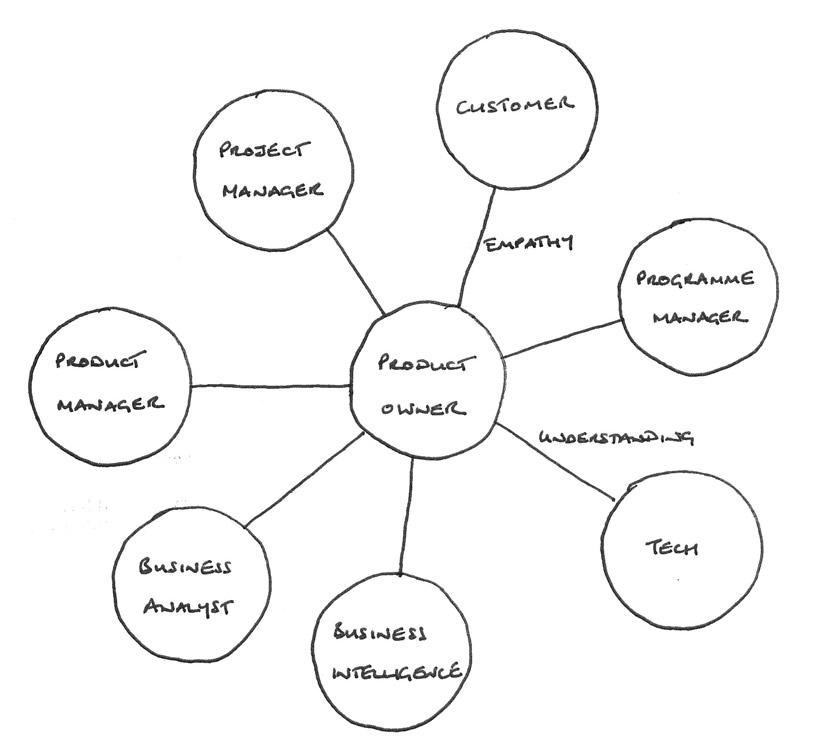The Requirements / Initial Engagement phase is not through quite yet. You can check out the first half of this phase: here if you missed out. Following the initial engagement session, it is important to digest all the ideas that were presented. Take those ideas and document them into a long-term product roadmap. Don’t get hung up on presentation, organization and details of each item –just get them captured and recorded. Now, not everything will be useful right away, but it is important that you get it into your roadmap and you can flesh out the course for your product as you proceed. It is now time for you to begin to size-up the project. What kind of resources do you think will you need? What type of skills are those resources going to need to have? What are your initial thoughts on costs involved with the project going to be? What kind of equipment or facilities are you going to need? This is not the time for detailed budgets, project plans and resource allocations; this is the time for initial gut driven estimates and assumptions. An experienced business consultant can help you here by providing expertise from past projects and engagements that they have worked on to help frame the expectations around a given project.
Review & Feedback: Now, before you do anything else, this is the first place that you start to get some customer feedback. Once you have organized the ideas, it is time to share with a control group of your existing customers or a group of potential customers. I’m going to call this group your steering committee. This group needs to give you some tough love and harsh feedback about your project/idea. This should be a well-organized presentation, one that illustrates some key customer pain points and how this new awesome software application will help address those issues. This presentation should be in person if possible, but can be done as an online presentation as well. Your goal is simple; you just need to get some people to be interested enough in your ideas and concepts that they express an interest in wanting to know more. You can tell if you are on the right track if they start talking about how they might use this new customer software application in their existing environment. If however, you hear crickets, lot’s of “mmms” or “uh-huhs” you might be heading back to the drawing board.
Next Steps: Ok, if you are still here then hopefully your first customer litmus test produced some positive results. Now the brownies are gone, the fun of dreaming is over and it is now time for some real work to begin. The next phase – prototyping, this is where the hard decisions begin.
Subscribe to our newsletter: here to catch the rest of this highly beneficial series. If you know someone who could benefit from this article, please share us on Facebook, Twitter, Google+, LinkedIn, etc. to get word moving.
Read: Previous Article





